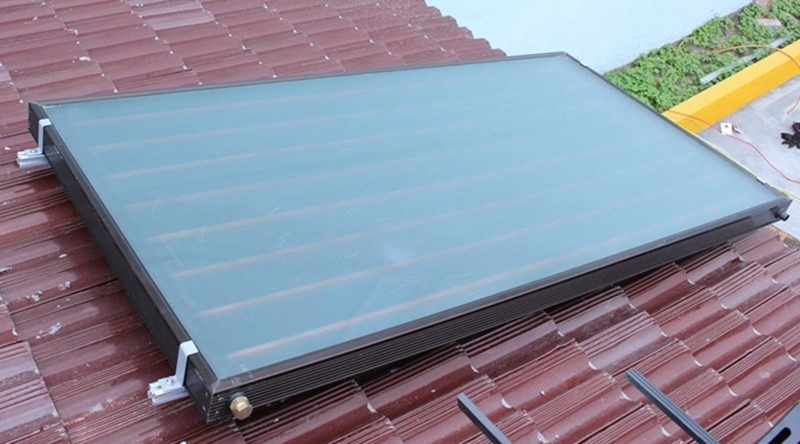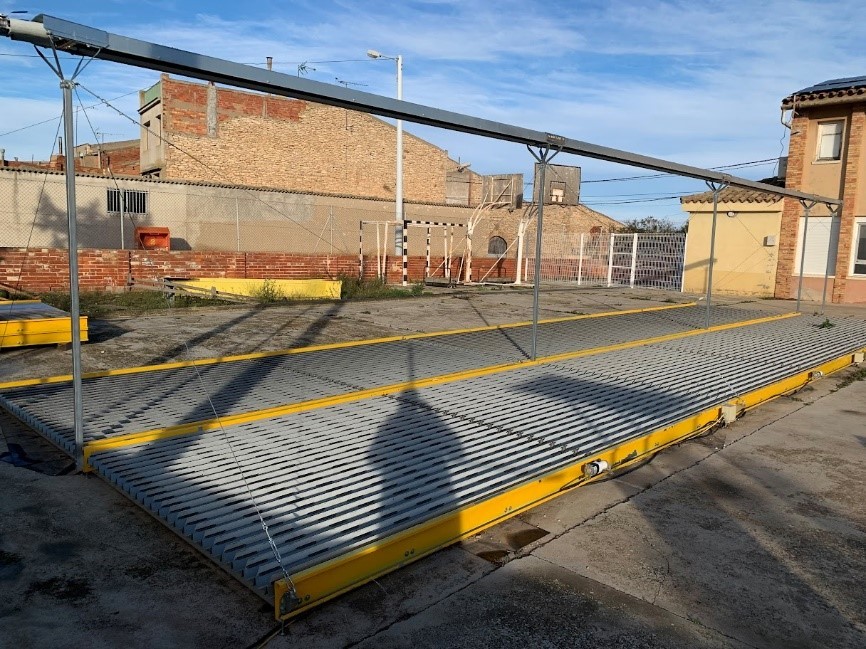Solar thermal collectors are devices that convert solar energy into thermal energy available in a working fluid, which can be used to cover the heating loads or can be converted into electricity. Nowadays, there are many typologies of solar thermal collectors, which can be classified in many different ways. Nevertheless, solar thermal collectors can be distinguished between small-scale and large-scale applications. Small-scale collectors are mainly used in small family houses to generate domestic hot water. Large-scale collectors can be employed to supply heating in residential districts or in industrial applications to supply hot water or process heat. Moreover, large-scale solar thermal collectors can be also employed, combine with a Rankine cycle, to produce electricity. The easiest way to classify collar collectors is to divide them into concentrated and non-concentrated solar collectors. Under the first category, solar thermal collectors can be distinguished according to the heat transfer fluid used, which can be mainly air, water, or a refrigerant. At the small scale, air solar collectors can be used to supply or preheat the air passing through a heat recovery ventilator, while at the large scale, they can be used in industrial applications such as product drying [1].
Building Integrated Solar Thermal (BIST) can be considered a typology of solar thermal collectors, which are directly integrated into the building and are used to convert solar radiation into useful heat that can be used in different applications. If the BIST system is part of the building functionality and if they are dismounted, the adjacent component will be affected and will have to be replaced partly or totally by another component [2]. BIST can be made in different designs to be integrated as architectural element in roofs, façades, windows or used as shading element or to substitute frames and balustrades [3]. The integration of BIST has a strong influence on the building aesthetics, colour and shape, and dummy elements have a fundamental role. Moreover, the integration of solar thermal elements must offer structural integrity, protection from wind, rain and moisture [3].
When a liquid (water or air) is used as heat transfer fluid in a non-concentrated solar collector, the heat produced can be used directly or indirectly for space heating or to produce domestic hot water. These collectors can be divided in mainly three typologies: unglazed solar collectors, flat plate solar collectors (FPC), and evacuated tubes (ETC).
Unglazed solar collectors are usually made of black plastic and come with no glass cover nor insulation which makes them suitable only for low-temperature applications under 30 ºC such as swimming pool heating [4]. FPC is the main solar collector technology installed in Europe with more that 2 million m2 installed per year [5]. FPC systems are suitable for low-medium temperature applications including domestic hot water, heating, preheating and combined systems. FPC consists of tubes carrying a heat transfer fluid placed in an insulated, weather-proof box with a dark absorber material and thermal insulation material. FPC can be installed as a thermosiphon system, in which the circulation of the heat transfer fluid is induced by the density difference caused by the increase in temperature, or as an active system with a pump [6].
In ETC systems, the absorbing plate and heat pipe are located into vacuum-sealed glass tubes to improve solar radiation absorption and reduce heat transfer losses, thus achieving a greater performance that allows heat production even in winter with low-light conditions and cold ambient temperatures. There are two types of ETC, the first one allows the heat transfer fluid to flow in and out of each tube absorbing directly the solar radiation, while the second features a copper heat pipe inside the tubes as efficient thermal conductor, which contains a small amount of non-toxic fluid as heat transfer medium that undergoes an evaporating–condensing cycle releasing heat afrom the tip of the heat pipe to the heat transfer fluid.
Concentrated solar collectors allow to reach higher temperatures than non-concentrated solar collectors since the solar radiation is focused and concentrated in an area through optical concentrators. Under this category the main typologies are:
-
Flat concentrated collectors: they are flat plate collectors with reflective plates
Flat plate solar collector

Source: https://www.onosisolar.com/solar-collectors/flat-plate-solar-thermal-collector/
-
Compound parabolic concentrator: a reflective sheet in a parabolic shape is placed under each tube of the collector to concentrate the radiation
-
Parabolic though collectors: these collectors can reach temperatures up to 400 °C and are made of a parabolic concentrator and a tubular absorber where the heat transfer fluid is circulated
-
Heliostat field collector: they consist of tracking mirrors that reflect the solar radiation in a central receiver (solar tower). In large-scale systems they can be used to produce steam to be used in a Rankine cycle to deliver electricity (concentrated solar power plants)
-
Linear Fresnel collectors: they are made of a series of linear reflectors which concentrate the solar radiation in a linear receiver heating the heat transfer fluid
Linear fresnel collector

Source: http://www.hybuild.eu/

Source: https://siko.at/
-
Parabolic dish collectors, they consist of parabola-shaped mirrors which concentrate the solar radiation in a central receiver
A third category of solar collectors is represented by PV/T (photovoltaic/thermal) collectors. In these systems, PV cells are used to generate electricity and the rejected heat is used to both produce thermal power and decrease the temperature of the PV cells thus increasing the conversion efficiency.
MATURITY:
Most of solar thermal technologies are mature and available on the market (TRL 9).

